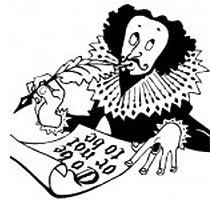Intuition would say (at least to me) that I should read, listen, question, and maybe read or listen again to learn. So, I was caught by surprise when I recently read a Washington Post article by Barry Ritholtz in which he said, “Writing is a good way to figure out what you think.”
|
ADVERTISEMENT |
It suddenly dawned on me that I do the same. When I’m trying to assimilate a significant amount of information on a topic I read a lot, and then I write. The act of writing forces me to sift through the information, evaluate conflicting input, and form an opinion or translate the information for my intended use.

…
Add new comment